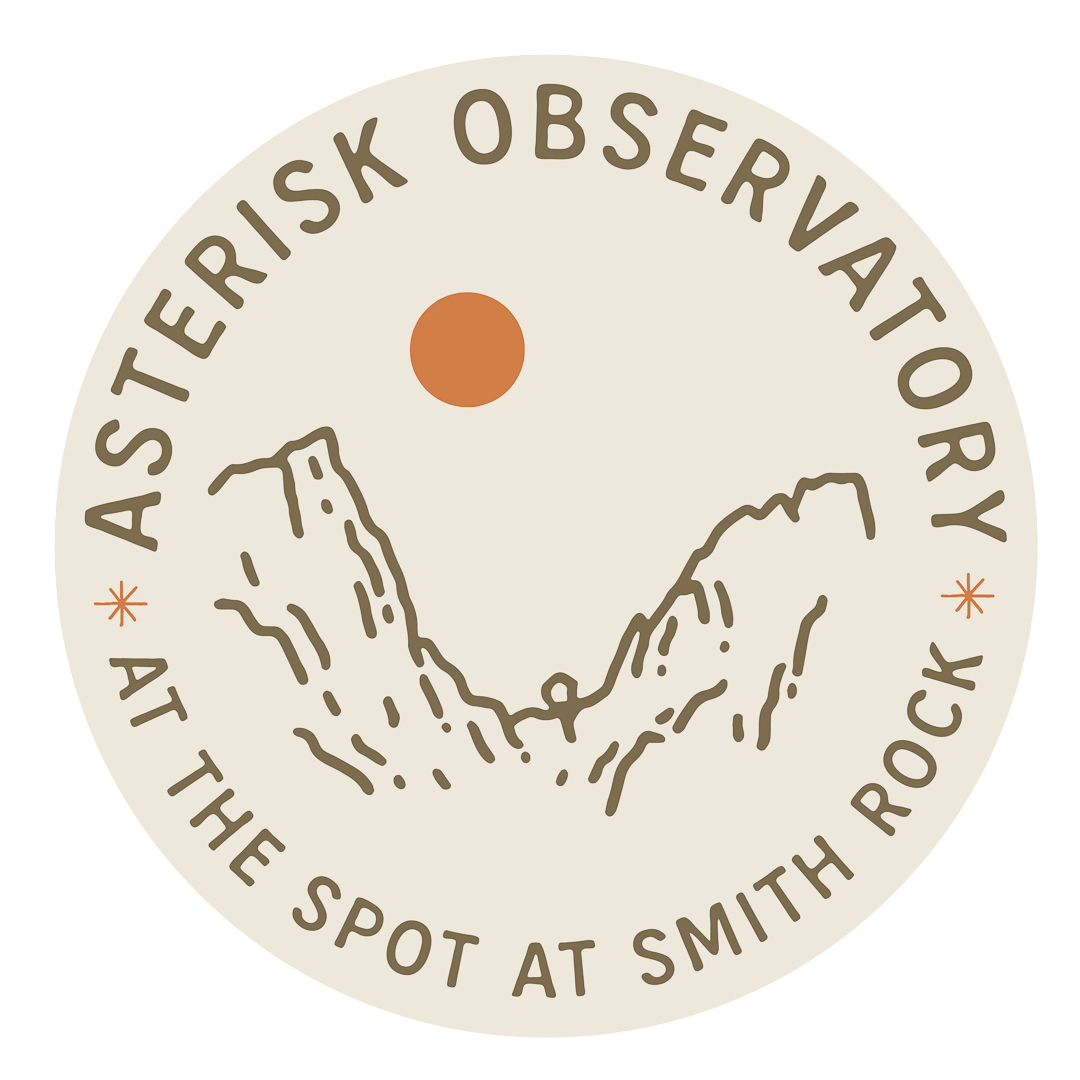April Guest Post: Stars Over Sisters
Authors: Keelan Doyle and Samantha Reyes
Abell 24 is a planetary nebula created by a dying star 1,730 light-years away in the constellation of Canis Minor.
There is a small constellation of late winter/early spring that is often overlooked by sky watchers. The main reason for this is that few astronomical attractions are found here, except for one. Procyon is this constellation’s brightest star (seventh brightest in the entire sky), which marks the eastern-most vertex of the Winter Triangle. Yes, we’re referring to none other than Canis Minor, the smaller of Orion’s two hunting dogs. The other two members of the Winter Triangle are Sirius in Canis Major and Betelgeuse in Orion. Look for this feature in the southwestern sky at 9 p.m. local time in April.
While this patch of sky is not overflowing with celestial treasures to see, it is rich in sky lore. According to one account, Canis Minor (the “lesser dog” in Latin) was placed at the bank of the Milky Way by one of the gods, ensuring that it would never be thirsty. In other stories, the lesser dog goes by the name of Maera and was the dog of the wine-maker Icarus. In this myth, Icarus was killed by a group of Shepherds who thought the wine that Icarus gave them was poisonous. When Maera saw Icarus' dead body, the dog and Icarus' daughter, Erigone, were so overcome by grief that they took their own lives. Zeus later placed their images in the sky. Icarius is associated with Boötes, the Herdsman, Erigone with the constellation Virgo, and Maera with Canis Minor.
Procyon is a binary star system that is composed of a stable, white primary star that is slightly more massive and brighter than our sun, and an extremely hot and dense white dwarf companion star that orbits nearby. The system is a mere 11.4 light-years from earth. The small dog’s second brightest star is Gomeisa, a bluish-white star that lies approximately 170 light-years away.
The brightest deep sky object in Canis Minor is NGC 2485, a spiral galaxy located approximately three and a half degrees northeast Procyon. However, shining at a magnitude of just 12.4, it is beyond the reach of many amateur telescopes.
An even fainter celestial body is Abell 24, a planetary nebula that glows at magnitude 13.6. A sun-like star nearing the end of its life has become unstable and is shedding its outer atmosphere into nearby space. A remarkable picture of this object was recently taken by the European Southern Observatory’s Very Large Telescope in Chile. Abell 24 lies at a distance of about 1,730 light-years.
This year the Lyrids meteor shower peaks on the evening of April 21 and morning of the 22nd. Start looking for these meteors beginning at midnight on the 21st until 4 a.m. the next morning when light from a rising last quarter moon will interfere. NASA expects about 18 meteors per hour to streak across the sky. The shooting stars result from the earth moving through a debris field left behind by Comet Thatcher and will appear to emanate from the constellation of Lyra.
While Jupiter in Taurus and Mars in Cancer occupy the evening sky this month, Venus, Mercury, and Saturn are clustered together in morning’s predawn sky. On April 12, look for the trio low on the eastern horizon about half an hour before sunrise. Mercury will continue to brighten until reaching greatest western elongation on April 21.
The full Pink Moon will arrive on April 12. It was so named by Native Americans because pink phlox wildflowers appear in the early spring.
To ensure that celestial wonders such as we’ve described can remain visible to the people of Sisters Oregon, we strongly encourage turning outdoor lights off when not in use. Have a stellar April!


